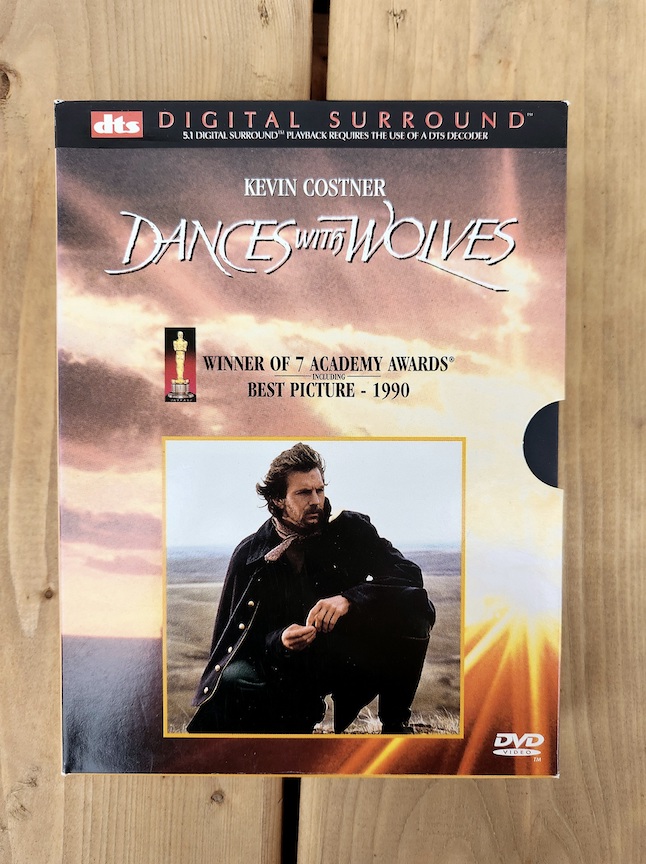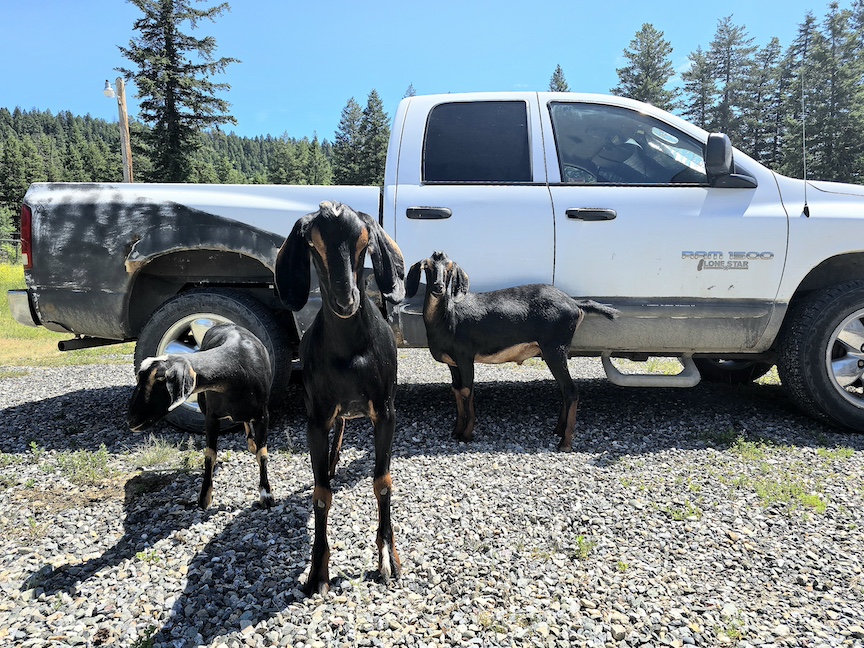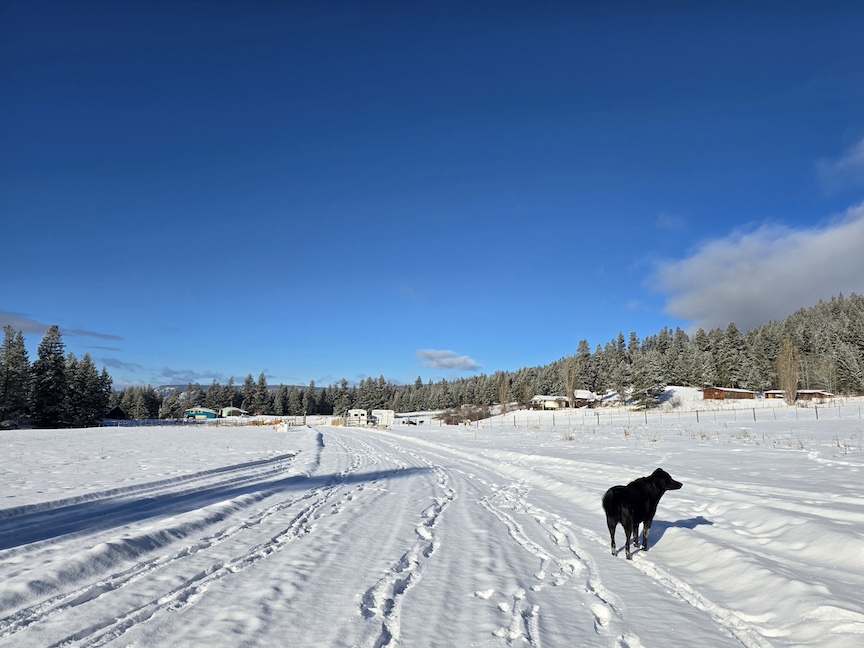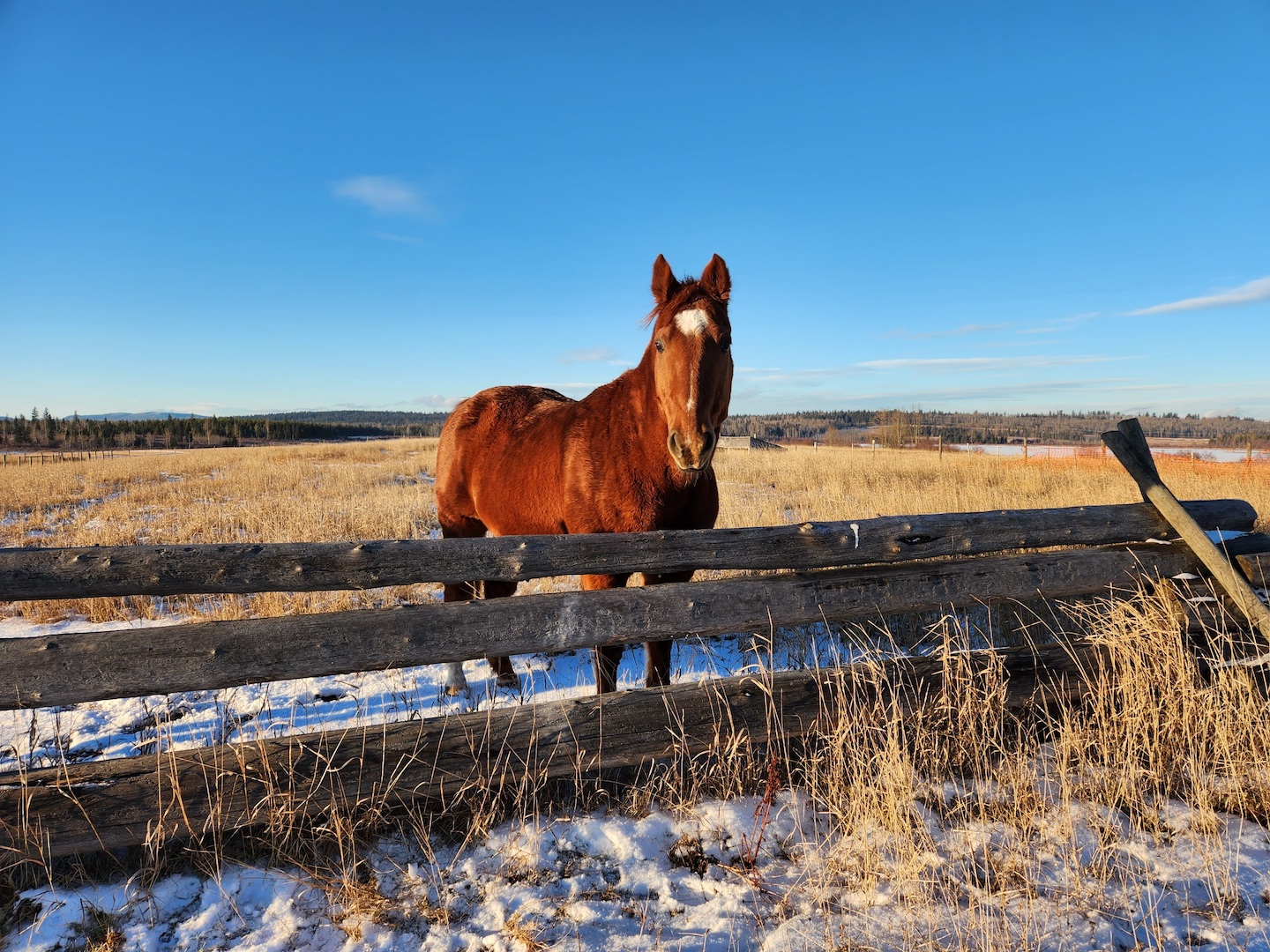Starring: Kevin Costner, Graham Greene, Mary McDonnell
Director: Kevin Costner
Released: 1990
Mood: If for some reason you just really want to feel three hours of white guilt and hopefully do something positive about it later.
Holy forking shirtballs, is Dances with Wolves an incredibly well-made film.
Not saying it’s incredibly ACCURATE. I’ve read plenty of fair criticisms, and have some of my own that we’ll get into in a hot minute. I’m also a painfully white Canadian over here; I don’t claim to know everything or be right all the time (except with my husband). I just have a lot of opinions about Westerns.
But you can definitely feel what the makers of Dances with Wolves were trying to do, whether or not they tried hard enough or accomplished it.
Trying to Do Better Fun Facts (oh yes, this review is gonna be full of bullet lists):
- Indigenous actors were cast for all of the Native speaking and extra roles (although most were not Lakota)
- Lakota teacher and linguist Doris Leader Charge was brought in to teach the cast their dialogue for months ahead of filming (but the language’s gender complexities had to be skipped for the sake of time, so apparently everyone spoke like women)
- The movie was shot on a buffalo ranch, including two borrowed from folk legend Neil Young, but to prevent harm to animals they spent $250,000 on animatronics for those insanely fast hunt scenes
- They also created the ‘skinned’ buffalo from papier-mâché, which were so realistic that a passerby thought they were poachers and called in armed cops
- A Lakota elder and cultural advisor on the film adopted Costner as an honorary family member for the film’s sensitivity toward Natives
BTW, if you’re already feeling impatient at this point in the review, you’re in the wrong place.
The original release of Dances with Wolves is a whopping THREE HOURS long. A four-hour special edition was released in select theatres before the video came out, but wasn’t included in my dad’s DVD set (pictured below). To be fair, DVDs weren’t actually invented until a few years after this film came out.
Anyway, it’s my website so if I want to write a rambling, near-two-thousand-word review, I will. And I did.

Dances with Wolves is the story of a white Union soldier learning that Natives aren’t at all like what he was told, that white culture isn’t what he thought either, and his process of coming to terms with all of that while people continue to violate treaties and drive both buffalo herds and Indigenous tribes toward extinction in the name of ‘progress’.
Lieutenant Dunbar (Kevin Costner) is a brave, decorated soldier who requests to be posted at the far-outlying Fort Hays, Kansas. He wants to see the frontier before it’s gone. He doesn’t realize that the dude who signed off on his post is batshit crazy, and there ends up being no army record of him heading out there.
Dunbar spends months waiting for relief that’s never coming. The nearby Lakota tribe is curious about this random white guy and his motives, so they start messing with him. But Dunbar is desperate for company, so when Ziŋtká Nagwáka aka Kicking Bird (Graham Greene) tries to steal his horse, he goes to the tribe’s camp in attempt to talk – or at least show he’s not a weak target.
On the way he ends up rescuing one of their own from ritual self-harm, a white woman named Napépȟeča Nážiŋ Wiŋ aka Stands With a Fist (Mary McDonnell) who was raised by Kicking Bird. Although the Lakota people are unimpressed at first, this does kickstart a relationship.
Things get better in a way that’s like “I wish they could live in this bubble forever,” with Dunbar earning the name Šuŋgmánitu Tȟáŋka Ób Wačhí (Dances with Wolves) because of his friendship with a wolf named Two Socks. And then, because it’s this period of American history and we know damn well what happened, things get much, much worse.
![]()
I went into Dances with Wolves ready to find it a total barf-fest, because I never like books or movies that everyone else considers award-winning or ‘moving’. But I was actually captivated by Kevin Costner’s subtle choices in his performance.
He’s quite awkward, in a way that totally suits an ex-military man who has no one to report to, feels abandoned, and is suddenly the white outsider in a close-knit Lakota community. You groan at things he says and does, but that’s how it would be. He would definitely not be one of the cool kids.
Costner is fully committed to the role, and the movie, and I really felt that.
Kevin Costner Fun Facts:
- Costner saw the screenplay in 1986 and convinced writer Michael Blake to turn it into a novel, so there was a better chance of it getting made as a movie. He then bought the rights to the novel so he could direct it.
- It was his directorial debut, and surprisingly he’s only directed four films to date – Dances with Wolves, The Postman, Open Range, and Western called Horizon that’s not yet released.
- He paid $3 million out of pocket to cover going over budget in filming.
- He turned down multiple roles to focus on this five-year production, including The Bonfire of the Vanities, Dick Tracy, and The Hunt for Red October.
- And he did almost all of his own stunts, including galloping on a horse without holding the reins at the start of the movie and during the buffalo hunt.
All this while his peers made fun of him for making a Western, considered a dead genre.
The best part about Dances with Wolves, though, is that you get so much of Canada’s beloved national treasure, Graham Greene!
As Kicking Bird he plays the softie, the thinking man who has a natural curiosity and friendliness. You need this character to make you question your biases, the way Dunbar does in the story. And Greene is the perfect choice, with his gentle face and great laugh.
- Graham Greene Fun Fact: Supposedly Greene put a slice of bologna in each of his shoes while filming, because the gross sensation would make him hunch a little so he could play an older character (Mary McDonnell was only 10 months younger than Greene, playing his daughter).
I wholeheartedly agree with what he said on The Red Green Show – he should have won the best supporting actor Oscar. And who wouldn’t want to see more exploding buffalo?
McDonnell is the weakest of the leads when it comes to dialogue, but even Greene said the Lakota language was extremely tricky and after months of practice he was still reciting his dialogue phonetically when he knew it was his turn to talk. McDonnell does give you a conflicted, emotional performance within the confines of the script.
- Mary McDonnell Fun Fact: Stands with a Fist is based on the true story of Cynthia Ann Parker, who was captured by the Comanche as a child and recaptured by white soldiers later on. Her son, Quanah Parker, was the last war chief of the Comanche to fight against the US army.
The thing that bothered me most about the entire movie was how much product they put in her hair to make her look ‘wild’, like Lakota women didn’t groom their hair. Every Native person in the movie has straight or carefully styled hair, while the white people ‘becoming Lakota’ have it sticking up and full of twigs. And there’s NO way she wouldn’t have had her hair done for her wedding. But those weren’t McDonnell’s choices, that was production.
The supporting cast is full of great performances, but my standouts were Nathan Lee Chasing His Horse as Smiles a Lot, Rodney A. Grant as Wind in His Hair, Floyd Red Crow Westerman as Chief Ten Bears, Tantoo Cardinal as Black Shawl, and of course Wes Studi as the commanding Pawnee warrior whose character doesn’t even get a name in the script.
![]()
There’s a lot of criticism calling Dances with Wolves a white saviour story.
To me (again, SUPER white over here!) it feels like Dunbar is only ever portrayed as equal to the Lakota and Pawnee warriors. He never really saves anyone other than Smiles a Lot, and his presence doesn’t change their outcome in any way, not even in a single fight. And even though he’s a trained, disciplined soldier and horseman, he’s never shown as better at fighting or survival either – they’re all shown having successes in hunt and fight scenes.
But for a movie that strives to be sympathetic toward Natives, it drops the ball:
- The Lakota people seem almost naïve and childlike in their saccharine peacefulness – like when Kicking Bird is scared and clumsy coming face-to-face with a lone white man he’s been studying for awhile
- The tribe is ignorant about white people and how to use guns, even though in a post-Civil War West they’d have had plenty of contact with both
- The Pawnee are simplified as villains, when in reality the Lakota may have been the stronger and more aggressive tribe
- All white people other than Dunbar and Stands with a Fist are shown as bad, which could alienate a good portion of the audience you’re trying to educate
These are all a bunch of careful plot choices, used to tug the white moviegoer’s heart in favour of the Lakota people, so that even the most pro-colonization viewer might unconsciously open up to this different, darker view of history. It’s baby steps; it’s better than ALL Natives being depicted as the enemy in a Western, but obviously it’s not perfect or accurate. It’s still a white perspective on someone else’s culture.
The story IS highly effective at truly gutting you by the end, and leaving you aching over a past you can’t fix. The ruthless killings of the loyal horse and wolf left me bawling so hard I couldn’t even see my damn TV. Those violent outbursts combined with the slower pace and lingering shots of scenery and silent interactions are all key to getting you emotionally involved, so you feel the wrongness of it all and want to be better than what you’re seeing.
![]()
With its heart mostly in the right place and its insanely great camerawork and direction, Dances with Wolves is a beautiful piece of moviemaking.
- It was the highest-grossing Western of all time until Django Unchained came out
- It’s one of only four Orion movies that won the Best Picture Oscar
- It’s also the second of only four Westerns to ever win Best Picture, the one before it being 1931’s Cimarron
That’s a lot of awesomeness for a movie that nobody wanted to back, in a genre they all thought was done and dusted. We owe it a little something for opening those Hollywood doors back up, so we could get the AMAZING Westerns that filled the rest of the ‘90s.
It’s just NOT the kind of Western you just throw on to feel the joy of the genre. You watch it because you love stories about this era, or the actors, or spending a lot of hours sprawled on a couch watching sprawling movies.
I’m glad I saw it as a reasonably mature adult*, because I definitely wouldn’t have had the patience, or appreciation, for it in my Young Guns and Tombstone-loving teenage years.
- * I thought this was my first time seeing Dances, but now I’m pretty sure I saw at least part of it as a kid because I remember my mom saying “tatanka!” But since that’s the only detail I recall, technically I first saw it as an adult, who is reasonably mature by only my own standards.
I also couldn’t stand Kevin Costner for a long time because I could only think of him as that terrible Robin Hood.
Regardless, I actually would watch this movie again.
Thanks for sticking with me, if you made it this far. Even though I make zero dollars off these reviews, I’m still committed to supporting Indigenous business in return for the Internet fame and website traffic I get from writing about Indigenous folks in books and film. This time I’ve chosen to buy from Cheekbone Beauty.


